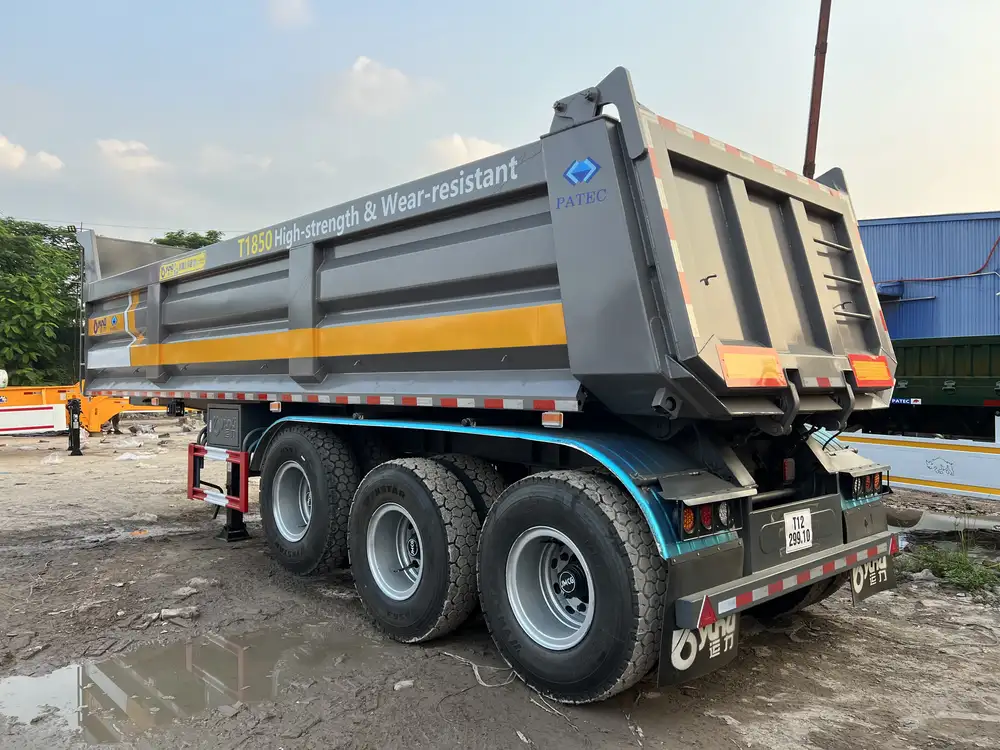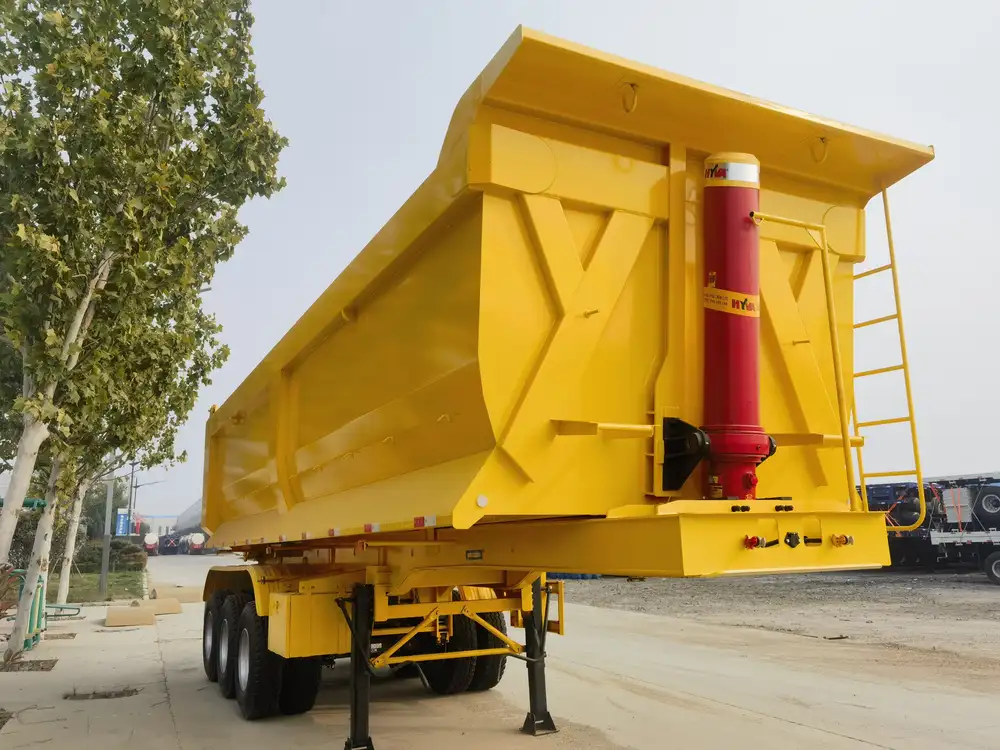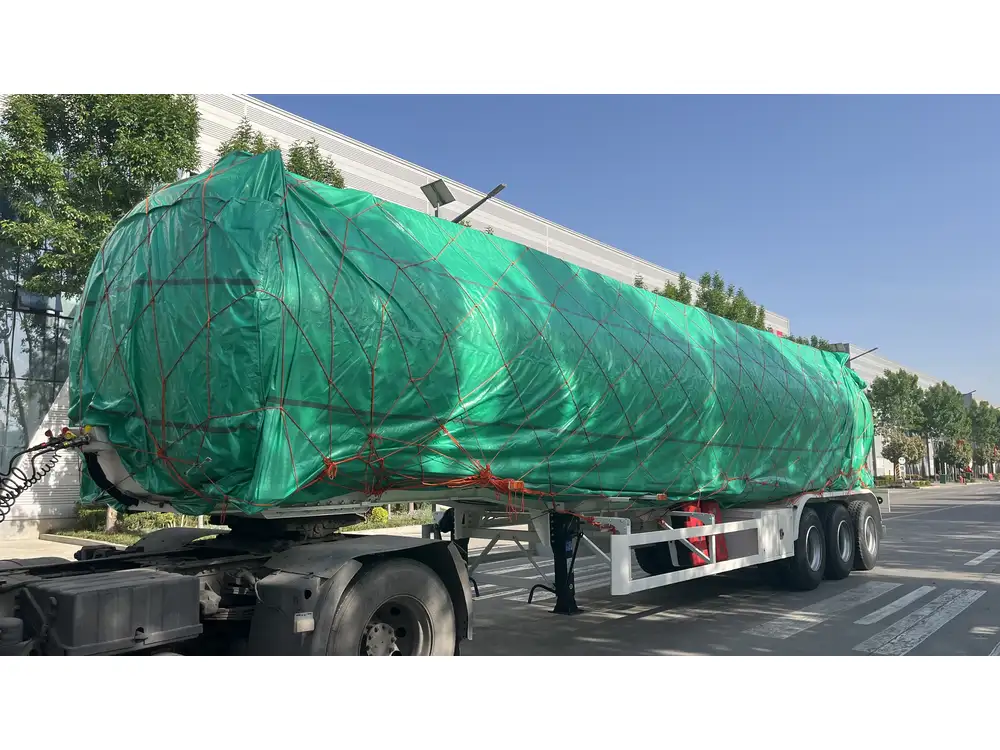Intending to unhook a trailer from a semi-truck may seem straightforward, yet it demands attentiveness and a deep understanding of the equipment involved. There’s a plethora of variables at play, from ensuring safety measures to recognizing the correct sequence of actions. This guide is meticulously designed to provide you with a comprehensive overview, tips, and best practices to facilitate this process seamlessly and safely.
Understanding the Equipment
Before delving into the unhooking process, it’s paramount to understand the primary components involved:
1. Fifth Wheel Coupling
- The fifth wheel is a pivotal component that connects the semitrailer to the truck. Its design allows for articulation when turning.

2. Kingpin
- The kingpin is the pin that connects the trailer to the fifth wheel. Ensuring its proper engagement and disengagement is crucial for safe operations.
3. Landing Gear
- This is a system of legs that supports the front of the trailer when it is unhooked from the tractor. Properly operating the landing gear is essential to prevent accidents.
4. Safety Chains
- These chains are additional safety measures to ensure that the trailer does not separate from the truck unexpectedly during travel.

5. Brake System
- Knowledge of the trailer’s brake system is essential for ensuring that the trailer is securely parked and that it will not roll upon disconnection.
Pre-Unhooking Safety Procedures
Before attempting to unhook a trailer from a semi-truck, consider the following safety protocols:
1. Inspect The Environment
- Flat Surface: Ensure that the vehicle is parked on a stable, flat surface.
- Traffic Control: Ensure that the area is clear of pedestrians and other vehicles.

2. Engage the Handbrake
- Activation: Engage the tractor’s handbrake to prevent rolling.
- Check Trailers’ Brakes: Ensure that the trailer’s brakes are also set.
3. Wear Personal Protective Equipment (PPE)
- Safety Gear: Wear reflective vests and protective footwear to prevent injuries.
Step-by-Step Process to Unhook a Trailer
Once you have taken the necessary safety precautions, follow this detailed process to unhook the trailer safely and efficiently:

Step 1: Position the Truck
- Shifting to Neutral: Begin by shifting the truck into neutral gear.
- Stabilizing the Trailer: If equipped, use the trailer’s service brakes to prevent any movement.
Step 2: Lower the Landing Gear
- Crank Down the Landing Gear: Locate the landing gear crank handle. Rotate it clockwise until the landing gear legs make solid contact with the ground.
- Extreme Care: Avoid cranking it too far; only lower it until it’s firmly grounded.
Step 3: Disconnect the Air Lines
- Identify Air Lines: Locate the air supply lines that connect the semi-truck to the trailer.
- Release Pressure: Before disconnecting, check your air pressure gauge to ensure it’s below the operational threshold.
- Uncoupling Process: Pull down the release tabs on the glad hands (connections) to release them from the trailer.

Step 4: Unhook the Electrical Lines
- Locate the Electrical Connector: Identify the electrical wiring harness linked to your trailer.
- Release the Connector: Grip the connector firmly and pull it out, ensuring you don’t damage any wiring.
Step 5: Open the Fifth Wheel Lock
- Release Procedure: Ensure you are clear of the fifth wheel. Access the release mechanism, often a lever or button.
- Safety Precaution: Be cautious; if the fifth wheel is not fully released, the trailer may not detach properly.
Step 6: Verify Kingpin Clearance
- Visual Inspection: Look to ensure that the kingpin has cleared the fifth wheel plate.
- Adjust the Truck Position: If necessary, drive the truck slightly forward or backward to ensure complete detachment.

Step 7: Final Detachment
- Pull Forward: With all lines and connections free, gently pull forward to remove the truck from the trailer.
- Secure the Area: After disconnection, ascertain that the trailer sits securely on its landing gear and is immobilized.
Best Practices for Unhooking Trailers
In the interest of efficiency and safety, consider adopting these best practices:
- Documentation: Maintain a checklist of steps to ensure no aspect is overlooked.
- Regular Training: Engage in periodic training and drills on semi-trailer operations for all staff.
- Inspect Equipment Regularly: Frequent checks on the fifth wheel, landing gear, and brake systems can prevent failure during disconnection.
- Communicate: Maintain clear communication among team members involved in the unhooking process.
Common Problems and Solutions
Understanding potential pitfalls during the unhooking process can save time and ensure safety. Here are several issues you may encounter, alongside their solutions:
| Problem | Cause | Solution |
|---|---|---|
| Inability to Release Fifth Wheel | Insufficient weight on the jaw | Ensure that the trailer is correctly positioned and weight is removed from the fifth wheel plate before attempting to release. |
| Air Pressure Not Reducing | Trailer’s valve malfunction | Inspect the trailer’s braking system and release valves for any faults or blockages. |
| Kingpin Stuck in Fifth Wheel | Dirt/debris accumulation | Regularly clean the fifth wheel and kingpin area to avoid debris buildup. Consider lube application for smoother operation. |
| Brake Failures | Air leak or hydraulic issues | Conduct regular checks on the air brake system to ensure optimal performance. |

Closing Thoughts on Unhooking Trailers
Successfully unhooking a trailer from a semi-truck requires a thorough understanding of the equipment, diligent adherence to safety measures, and adherence to a clearly defined process. By incorporating the detailed steps and best practices provided in this guide, we can enhance operational safety and efficiency, minimizing the likelihood of accidents during this routine procedure.
Should you confront issues in the field, refer back to our common problems and solutions table to troubleshoot effectively. Unhooking a trailer should be a seamless process; understanding and vigilance are paramount to ensuring safety for both personnel and equipment alike.
This knowledge not only fosters a culture of safety but also empowers operators to perform their duties with confidence and expertise, thereby upholding the integrity of the trucking and transportation industry.



